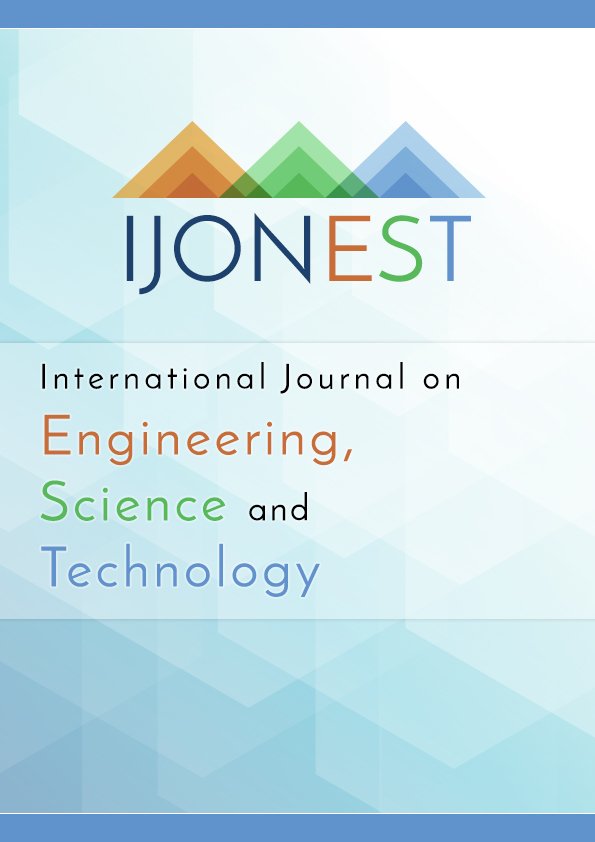Interdisciplinary Fundamental Concepts in STEM: Solid State Physics and COVID-19 Pandemic Evolution
DOI:
https://doi.org/10.46328/ijonest.160Keywords:
Pandemics, COVID-19 Pandemic evolution, Fermi-Dirac Smoothed functionAbstract
The rapid development of computer-aided design tools, such as MATLAB or Octave, or Mathematica enabled students to solve many complicated problems focusing less on underlying STEM-related concepts that are interdisciplinary. Therefore, it is important to demonstrate how it could be done using specific examples that could be linked to different subjects or even to their everyday life experience. This paper reports on using the COVID-19 pandemic evolution model (Shur, 2022) in my class on the physics of advanced semiconductors devices. I use this model to show how the concepts, such as the Born-Oppenheimer approximation and Fermi-Dirac distribution function could be used in a completely different STEM field. In solid-state physics, the Born-Oppenheimer approximation is used to separate rapid electronic motion, relevant to the electronic states and much slower nuclei motion (since nuclei are thousands of times heavier than electrons). Likewise, the COVID-19 model uses a relatively fast pandemic evolution growth or decay constant, a slow function of time itself. In solid-state physics, the Fermi-Dirac distribution function describes the transition from the occupied electronic states to empty electron states with the temperature determining the transition interval. The COVID-19 model uses the generalized Fermi-distribution function to describe the mitigation measures that determine the transition from a high to a lower infection rate. A more accurate COVID-19 evolution model requires a generalized Fermi-Dirac function that accounts for a slow variation of the effect of the mitigation measures with time. In turn, this generalization could be used in solid-state physics to describe the electron temperature increase in the electric field.Downloads
Published
Issue
Section
License
Articles may be used for research, teaching, and private study purposes. Authors alone are responsible for the contents of their articles. The journal owns the copyright of the articles. The publisher shall not be liable for any loss, actions, claims, proceedings, demand, or costs or damages whatsoever or howsoever caused arising directly or indirectly in connection with or arising out of the use of the research material.
The author(s) of a manuscript agree that if the manuscript is accepted for publication in the International Journal on Engineering, Science and Technology (IJonEST), the published article will be copyrighted using a Creative Commons “Attribution 4.0 International” license. This license allows others to freely copy, distribute, and display the copyrighted work, and derivative works based upon it, under certain specified conditions.
Authors are responsible for obtaining written permission to include any images or artwork for which they do not hold copyright in their articles, or to adapt any such images or artwork for inclusion in their articles. The copyright holder must be made explicitly aware that the image(s) or artwork will be made freely available online as part of the article under a Creative Commons “Attribution 4.0 International” license.

This work is licensed under a Creative Commons Attribution-NonCommercial-ShareAlike 4.0 International License.





